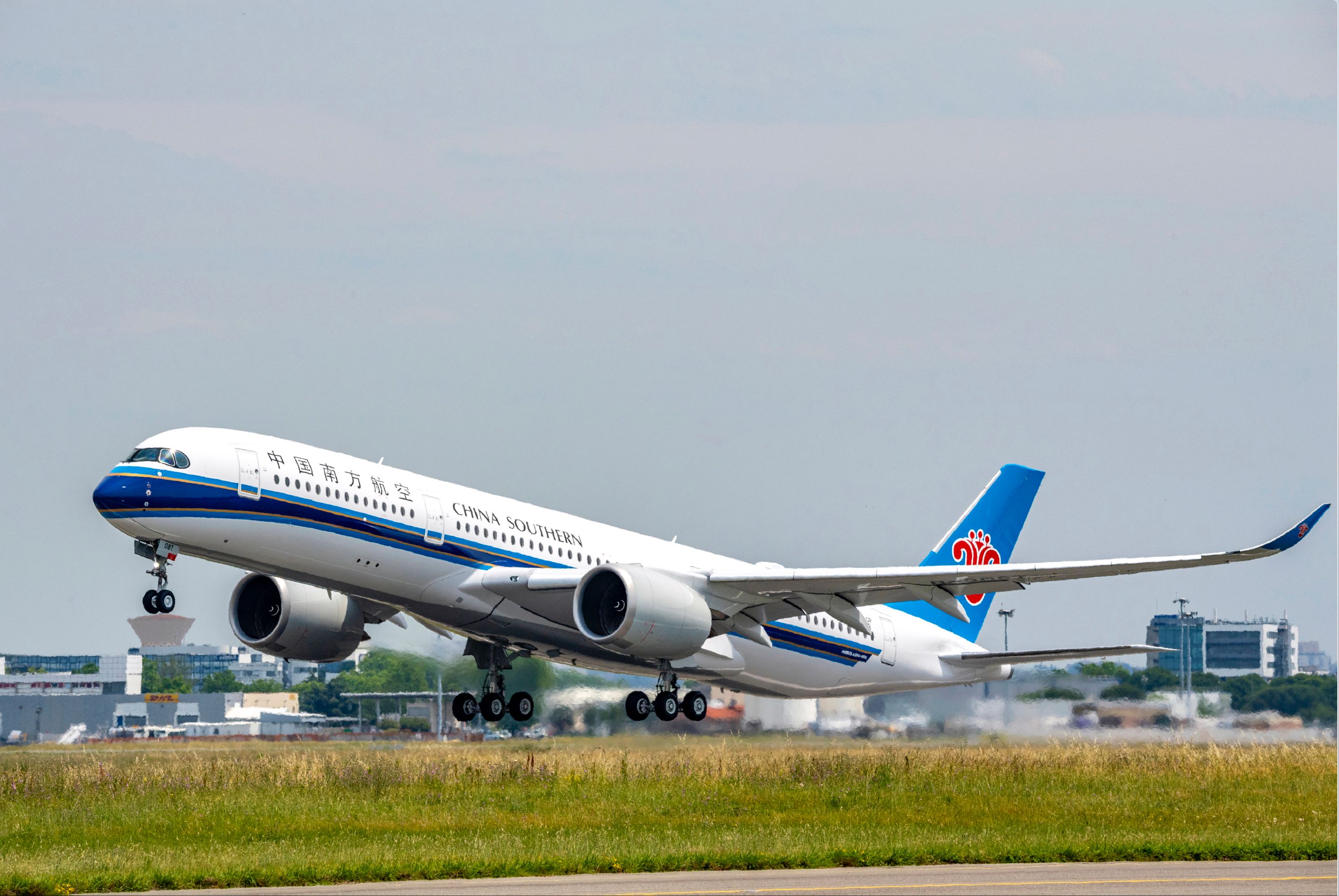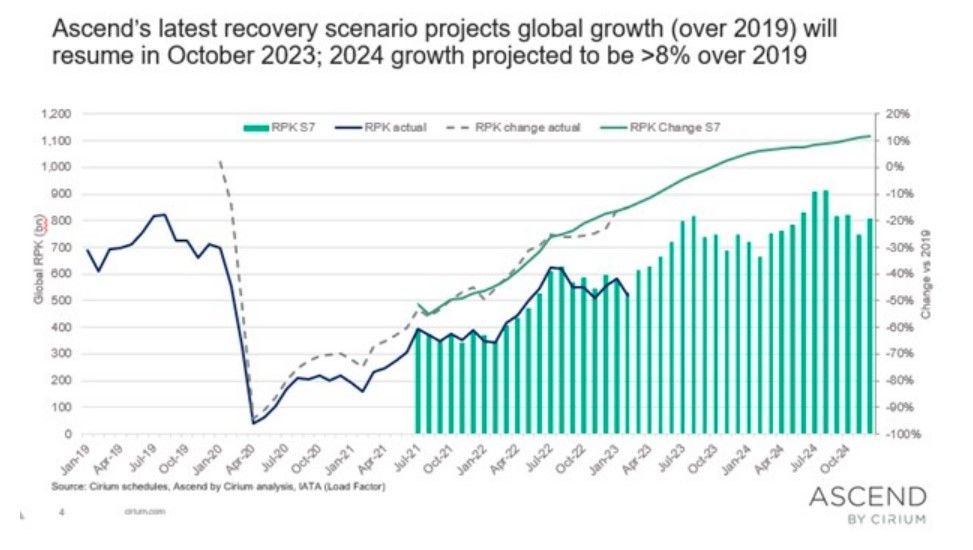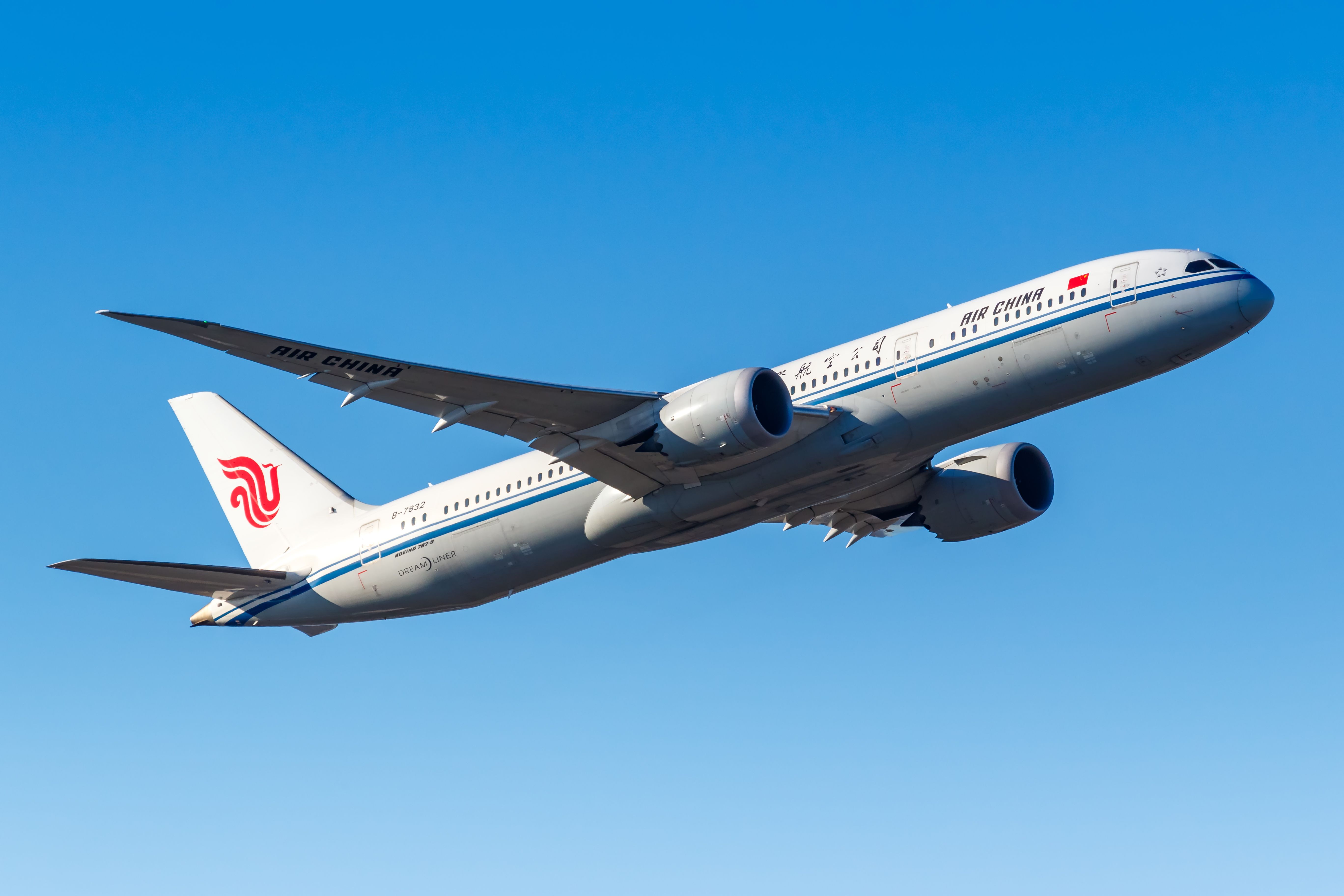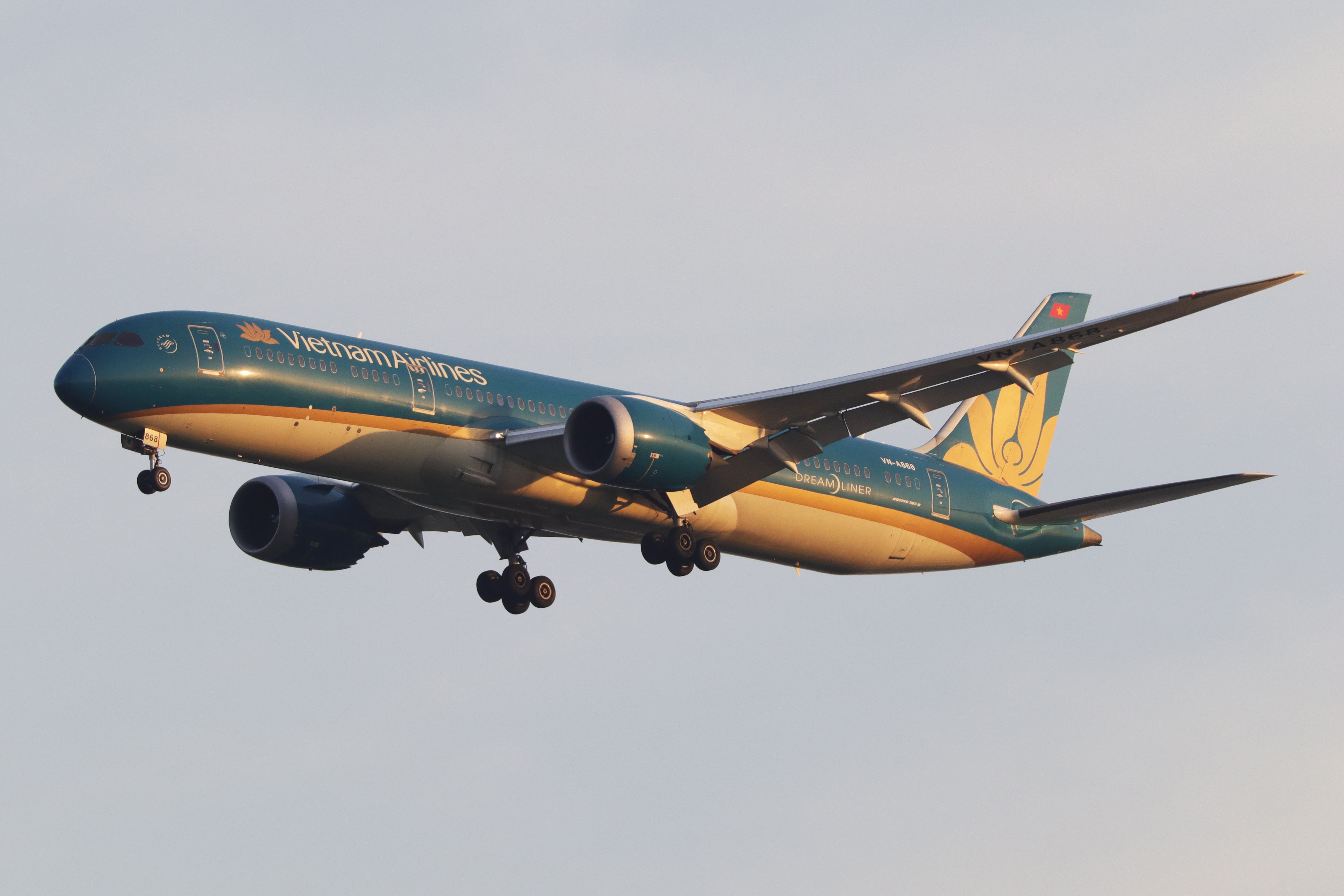Global air passenger figures could return to 2019 levels earlier than previously expected, with Rob Morris, Global Head of Consultancy at Ascend by Cirium, predicting that it could happen as soon as October 2023. Morris presented his assessment, based on revenue passenger kilometers (RPK), at last week's ISTAT Asia conference in Bangkok.
When looking at averages for the year as a whole, 2023's overall figures are expected to be 6% down on those seen in 2019, but 2024 will see an 8% increase compared to pre-pandemic levels. Morris' projections can be seen in the graph below:
Morris went on to summarize his findings, saying,
“We’re well on track to recover, and then finally, we can put our 2019 crutch back in the cupboard, and we can look forward again to growth.”
Asia-Pacific markets lagging behind
Asia-Pacific markets continue to lag behind other regions. Morris put this down to the fact that many Asian countries were later to ease strict travel restrictions put in place as a result of the pandemic, hampering the recovery of their aviation markets.
The region's figures as a whole are heavily reliant on Chinese traffic, a country that only reopened its borders to international travelers in January 2023. However, even since then, many international airlines have been slow at restoring flights, with the number and variety of services still lagging way behind the levels seen in 2019.
Looking ahead to August 2023, Morris predicts that Asia-Pacific international traffic will still be down 23% compared to the same month in 2019, with China expected to be the worst performer, down 68%, followed by Hong Kong, down 50%. India was one of the few countries in the region to see an increase in international traffic.
Last year, the aviation industry in China suffered losses totaling more than $31 billion, although major carriers, including Air China, China Eastern Airlines, and China Southern Airlines, had begun to see a financial recovery at the start of 2023.
Asia-Pacific is also lagging behind other regions when it comes to aircraft utilization. Narrowbody aircraft in China, for example, are typically being flown for around eight hours per day, behind a worldwide average of nine hours. The disparity is even more clearly visible when looking at widebody aircraft, as shown in the below image:
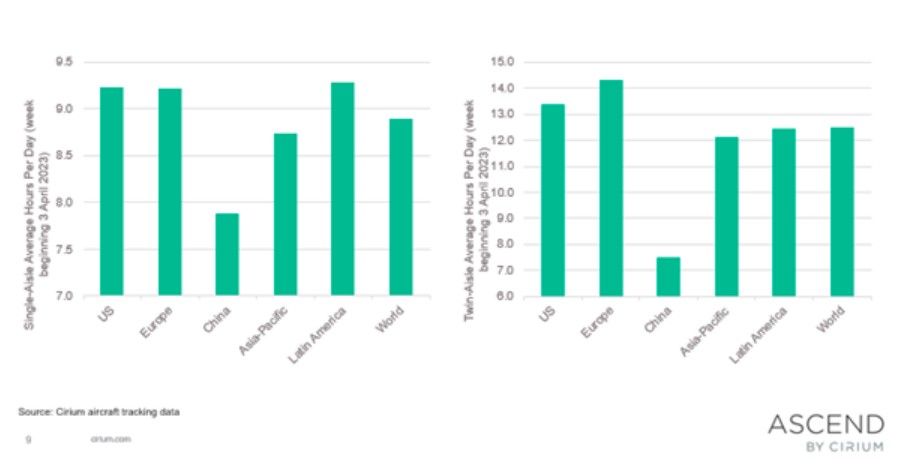 Overall traffic levels boosted by domestic flying
Overall traffic levels boosted by domestic flying
Despite the slow recovery seen in international flying in Asia-Pacific, domestic travel in the region offered a more positive outlook, with Morris predicting a 15% increase on 2019 levels. Vietnam and China, in particular, have seen significant growth in their domestic market since the pandemic began.
Earlier this year, Vietnam announced an expected full recovery from the pandemic by the end of 2023, aided by international services being rapidly restored. For example, the country's flag carrier, Vietnam Airlines, recently revealed plans to increase the frequency of its flights to both Melbourne (MEL) and London Heathrow (LHR) - two significant markets for the airline
Get the latest aviation news straight to your inbox. Sign up for our newsletters today.
What do you make of the predictions from Rob Morris? When do you think we will see a return to 2019 levels of flying? Share your thoughts by commenting below.
Source: Cirium

